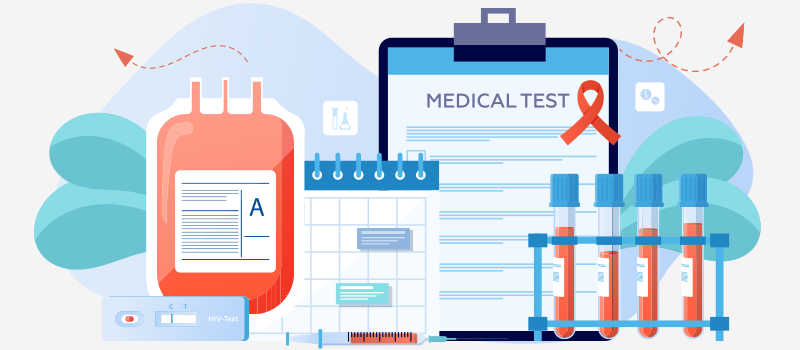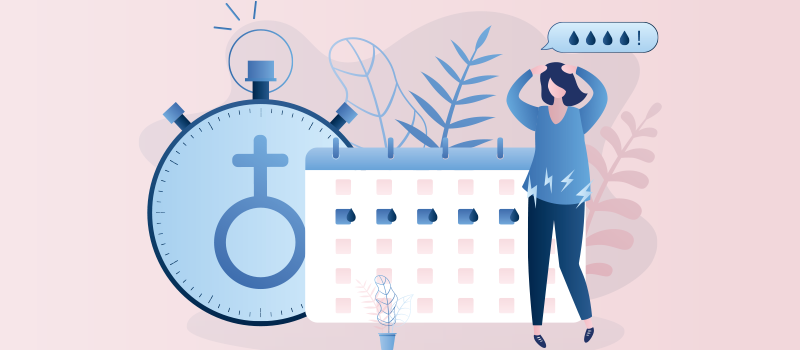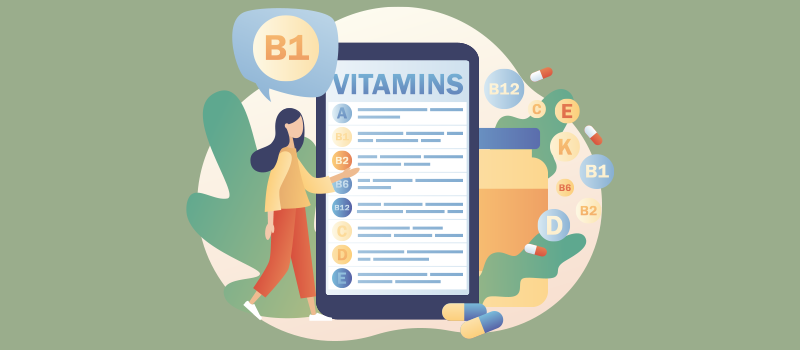What’s the Buzz
The Bee Healthy Blog
What Are The Different Types of IUDs?

Intrauterine devices and birth control pills are some of the most commonly used forms of birth control used to prevent unintended pregnancy. If you have chosen to have an intrauterine device (IUD) inserted into the uterus, several types are available. All of them can prevent pregnancy and support female reproductive health. But the choices can be confusing. Paragard, Mirena, Skyla, Liletta, Kyleena… which IUD is right for you?
This article will discuss the different types of IUDs and the pros and cons. The goal is to help you understand comparative contraceptive effectiveness and decide which intrauterine device (IUD) might be best for you.
What are intrauterine devices? How do they help with birth control?
Intrauterine devices (IUDs) are an extremely effective way of preventing pregnancy. They are small (quarter-sized) T-shaped devices made of plastic with a string attached at the bottom. The device is placed in the uterus by a doctor during an outpatient procedure that takes just a few minutes. Once in place, an IUD provides protection against unwanted pregnancy for several years.
What are the advantages of using an IUD?
As mentioned, an IUD can stay in place in the uterus for several years and provide long-term birth control. Unlike a birth control pill, with IUD birth control, you don’t need to take a pill every day or use barrier methods each time you have sex to prevent pregnancy. There are both non-hormonal and hormonal options available in IUDs.
If you want to become pregnant or if the IUD has expired and needs to be replaced, you can have the IUD removed. Your healthcare provider can remove the T-shaped device during a quick outpatient procedure. The string at the bottom of the IUD makes it easy for the doctor to remove. It also allows you to check periodically if the IUD is still in place.
Most IUDs are effective immediately after insertion in preventing pregnancy, but some can take approximately 7 days to become effective. Certain IUDs called Paragard IUDs can be used for emergency contraception if inserted within 5 days of unprotected sex.
You can use tampons and have sex as usual with an IUD. Most people continue to menstruate, although the menstrual flow can be lighter or heavier, or you may have no periods at all with an IUD in place.
It is worth noting, however, that IUDs do not protect against sexually transmitted infections.
Is it painful to have an IUD inserted?
The IUD insertion procedure can be uncomfortable or even painful. Side effects of IUD insertion can include backache, cramping, and dizziness. These symptoms can last from a few days to several months.
What are the possible complications of an IUD?
Possible IUD complications include lost strings, expulsion (where the IUD falls out), perforation (where the IUD digs into the wall of the uterus), pelvic infection, and pelvic inflammatory disease (rare).
The chances of getting pregnant with an IUD in place are very low. However, if you get pregnant with an IUD, there is a higher risk of ectopic pregnancy (tubal pregnancy).
How many types of IUDs are there?
There are two main types of IUDs—hormonal and non-hormonal (copper). Both copper and hormonal IUDs are approved by the US Food and Drug Administration (FDA). Of the 5 brands of IUDs—Paragard, Mirena, Liletta, Skyla, and Kyleena—Paragard is a copper (non-hormonal) IUD, and the other four are brands of hormonal IUDs.
What are the main differences between copper and hormonal IUDs?
Hormonal Contraception with IUDs
How they work:
Hormonal IUDs release the hormone progestin. The hormone thickens the cervical mucus. The thickening cervical mucus affects sperm movement and can prevent sperm from passing into the uterus and fertilizing the egg. Progestin also reduces the frequency of ovulation and makes the uterine lining thinner, making it harder for the egg to attach to the uterine wall.
When effective:
A hormonal IUD can take up to 7 days after it is inserted into the uterus to become effective (depending on when in the menstrual cycle it is inserted).
Brands of hormonal IUDs:
Skyla, Kyleena, Mirena, and Liletta.
How long they last:
Hormonal IUDs last for 3-7 years, depending on the brand. Mirena is the longest lasting (7 years). Liletta lasts for 6 years, Kyleena for 5 years, and Skyla need to be replaced after 3 years.
Benefits:
Besides birth control, a hormonal IUD has other benefits, such as reducing menstruation frequency and period pain. Hormonal IUDs can therefore help with conditions such as severe menstrual pain, heavy bleeding, anemia, endometriosis, and other health conditions. These devices are also believed to lower the risk of endometrial cancer.
Copper Intrauterine Devices (Nonhormonal IUDs)
How they work: These forms of birth control have copper ions coiled around the plastic IUD device. The copper creates a harmful environment for the sperm and prevents them from fertilizing the egg. It also prevents the egg from attaching to the wall of the uterus. Unlike a hormonal IUD, a copper IUD device does not release any hormones to prevent pregnancy.
When effective:
A copper (nonhormonal) IUD is effective immediately after insertion.
Brands of copper IUDs:
There is currently only one brand—Paragard—available.
How long they last:
A copper IUD (Paragard) can last up to 10 years.
Benefits: A copper IUD provides long-acting, reversible contraception, a hormone-free form of birth control.
What is the best IUD? Which is better, Mirena or copper IUD?
The choice between a copper IUD and a hormonal IUD depends on your preferences. Some things to keep in mind:
Key advantages of a non-hormonal IUD (Paragard)
- Copper IUDs such as Paragard are effective immediately after they are inserted.
- They can provide emergency contraception if inserted within 5 days of unprotected sex.
- A copper IUD is a good choice for someone who does not want hormonal birth control.
- Copper IUDs are considered more effective than hormonal IUDs.
- Paragard provides convenient birth control for up to 10 years. It then needs to be removed or replaced.
Key advantages of a hormonal IUD (Mirena, Skyla, Liletta, Kyleena)
- Hormonal IUDs have benefits in addition to contraception, such as lighter periods, less frequent periods, less painful periods, or no menstrual periods.
- A hormonal IUD releases the hormone progestin and may help with heavy periods, endometriosis, and other health conditions.
Intrauterine devices (IUDs) are highly effective methods of pregnancy prevention. They offer long-lasting birth control compared to many other forms of contraception. Most people are covered for IUDs by insurance. Without insurance, the out-of-pocket cost of an intrauterine device can range from $500 to $1,300. Paragard copper IUD is the most expensive but is also the longest-lasting.
References:












SOCIAL